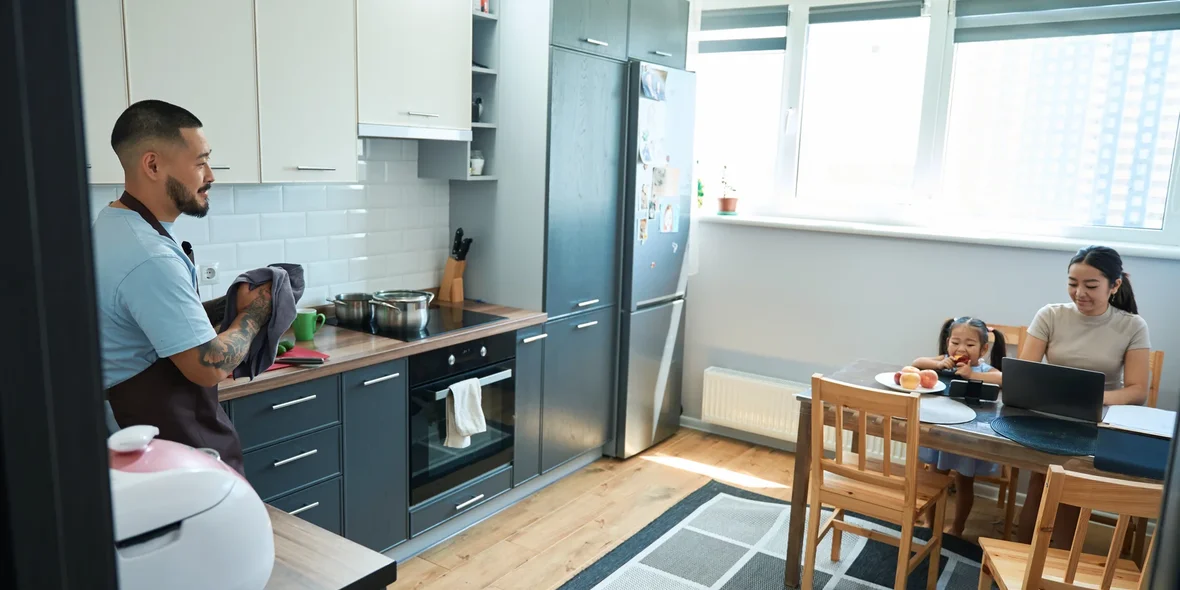
From Smart Toilets to Floating Houses: 11 Weird Home Features Worldwide
Houses across the globe often surprise with unusual features that reflect the culture, climate, and traditions of their inhabitants. In Japan, toilets are equipped with advanced technology; in Finland, saunas are built into even the smallest apartments; and in Australia, electrical outlets come with individual switches.
These characteristics are not merely architectural choices. They result from historical, environmental, or social factors. In this article, we’ll explore some of the most unusual home features around the world and examine the reasons behind their emergence.
Unusual Home Features Around the World
Each region has its own distinctive traits, but Japan stands out as the country that has taken home design quirks the furthest. Scarcity of land and other resources has led to some of the most inventive and unique solutions in residential architecture.
Smart Toilets
Japanese homes are often equipped with high-tech toilets featuring heated seats, built-in bidets with adjustable water pressure, automatic disinfection, and even sound effects to mask flushing noises. Some models use motion sensors to lift the lid as a person approaches automatically.
This feature is deeply rooted in Japanese culture, where cleanliness and hygiene are elevated to near-sacred status. Since the 1980s, sanitaryware manufacturers have begun incorporating electronics to optimize water usage, but advances in technology have quickly enabled the addition of more sophisticated features.
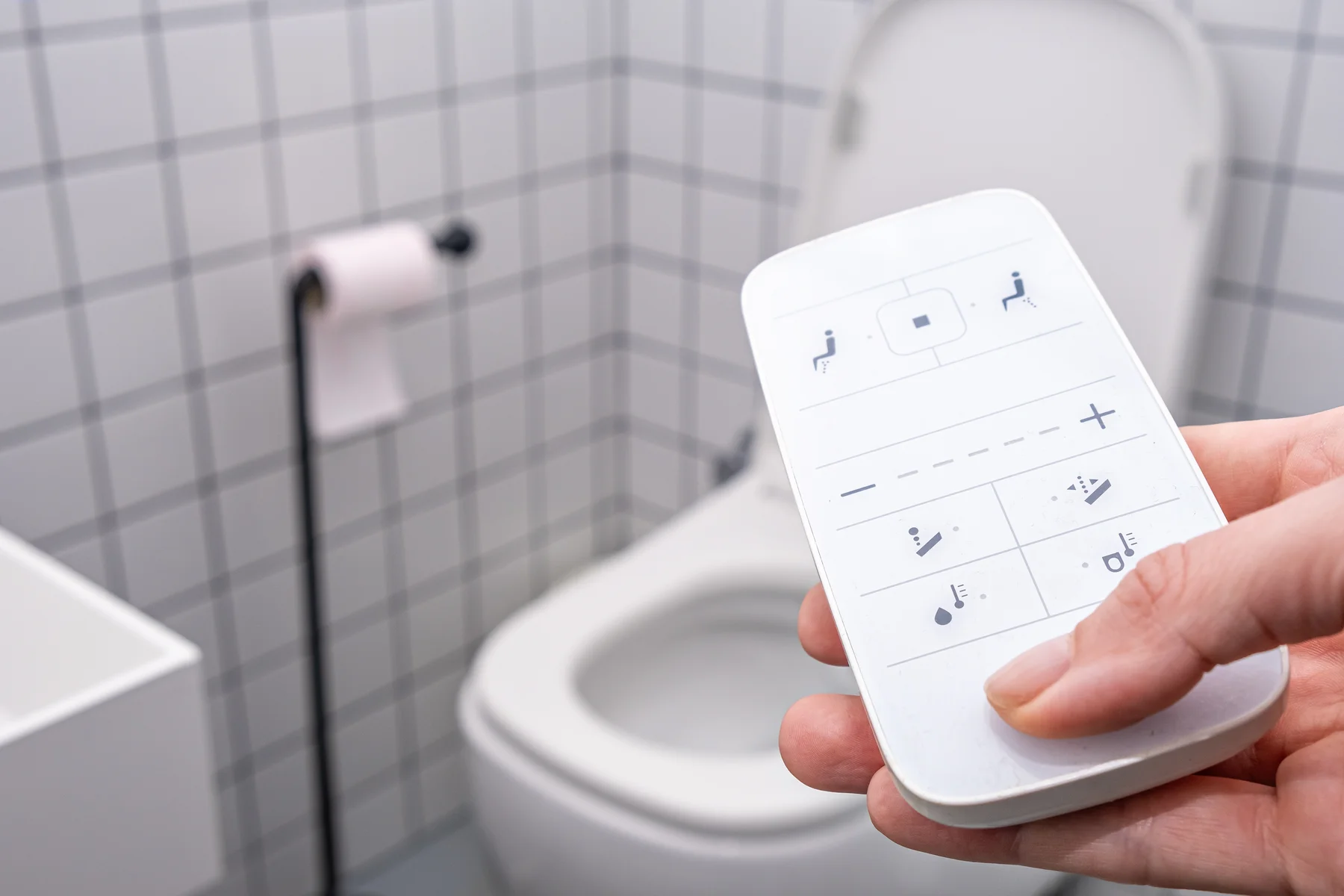
Dedicated Shoe-Removal Area
The genkan is the entryway in Japanese homes where residents and guests remove their shoes before entering the living space. It is typically a step lower than the rest of the floor and is made of tile or other easy-to-clean materials to handle dirt and moisture. Nearby, there is usually a dedicated shoe cabinet or open shelving.
The genkan is also tied to the cultural emphasis on purity. Outdoor shoes are considered carriers of dirt, and taking them off is seen as a symbolic act of cleansing, a kind of transition from the outside world to the calm and order of the home. Practically speaking, this makes perfect sense in Japan’s humid climate, where frequent rain quickly soils shoes and spreads dirt indoors.
Saunas in Every Apartment
Now let’s move to Finland. Harsh northern winters have driven Finns to adopt one of the most distinctive home features — the sauna. In fact, having a sauna is practically standard in Finnish housing, including small city apartments. Even compact urban dwellings often include a separate room for steaming.
Saunas have been part of Finnish life for around 7,000 years. Originally created as a way to survive the Nordic cold, they soon became symbols of both physical and spiritual well-being. The development of electric heating technology in the 20th century made it possible to install saunas even in small apartments, turning them into an everyday amenity rather than a luxury.
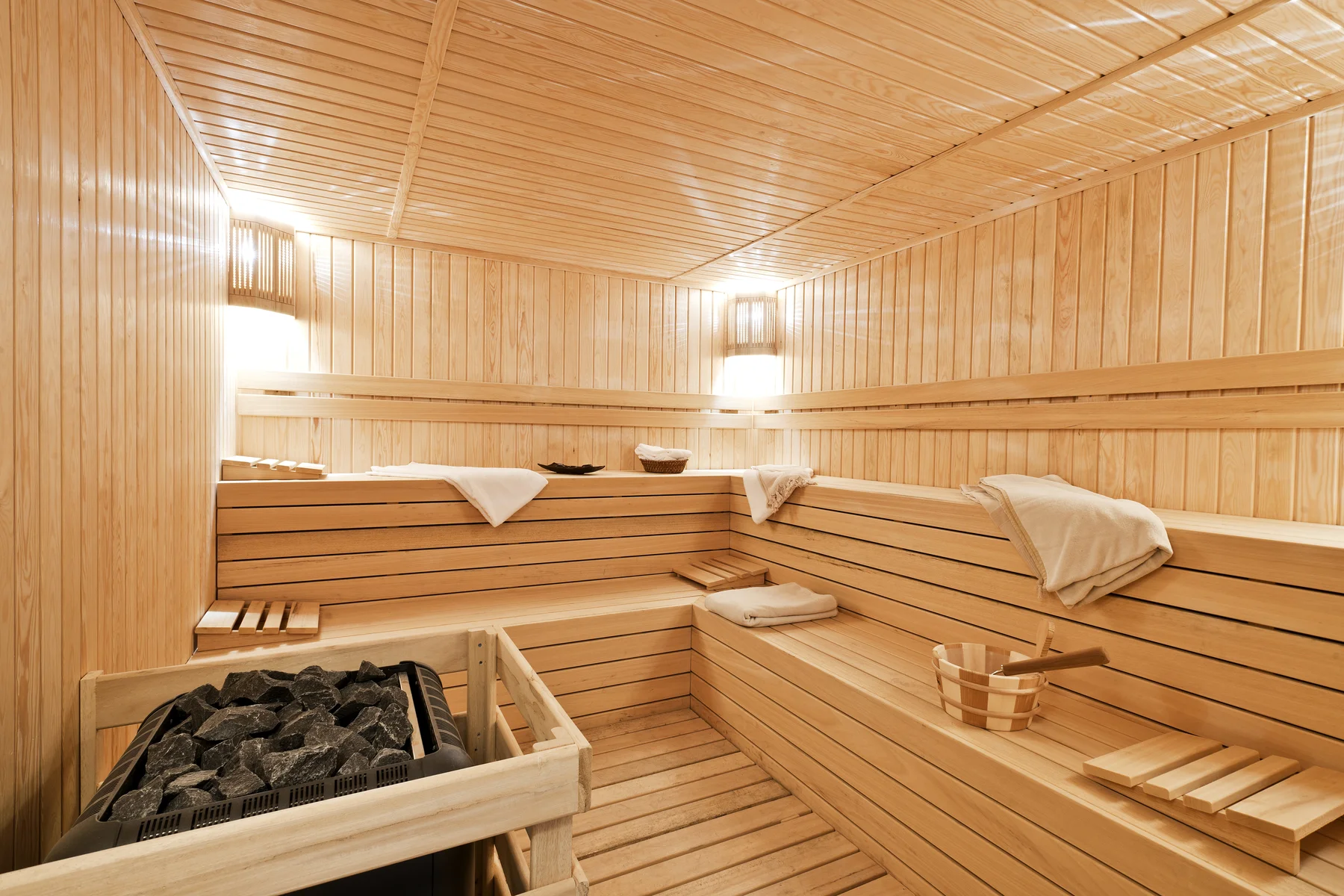
Garbage Disposals in Kitchen Sinks
After washing dishes, food scraps often remain in the sink, and cleaning them out is neither convenient nor pleasant. In the United States, this problem was solved in a distinctive way: by integrating garbage disposals directly into kitchen sinks and dishwasher drainage systems. These devices grind food waste and send it straight into the sewage system, eliminating the need to collect it in a trash bin.
Garbage disposals gained popularity in the U.S. during the mid-20th century — an era known for marketing quirky (and often impractical) appliances like egg cookers that did nothing but boil eggs. However, garbage disposals proved useful: they offered a quick and clean way to reduce the volume of kitchen waste and simplified daily chores.

Power Outlets with Switches
In most countries, electrical outlets are always live. But in Australia, outlets are equipped with individual switches that allow users to cut off power without unplugging devices completely.
This design originates from Australia’s strict electrical safety standards. Over time, it also became a tool for managing energy consumption. And while other countries use plastic covers to child-proof outlets, Australians simply switch them off — a solution both elegant and effective.
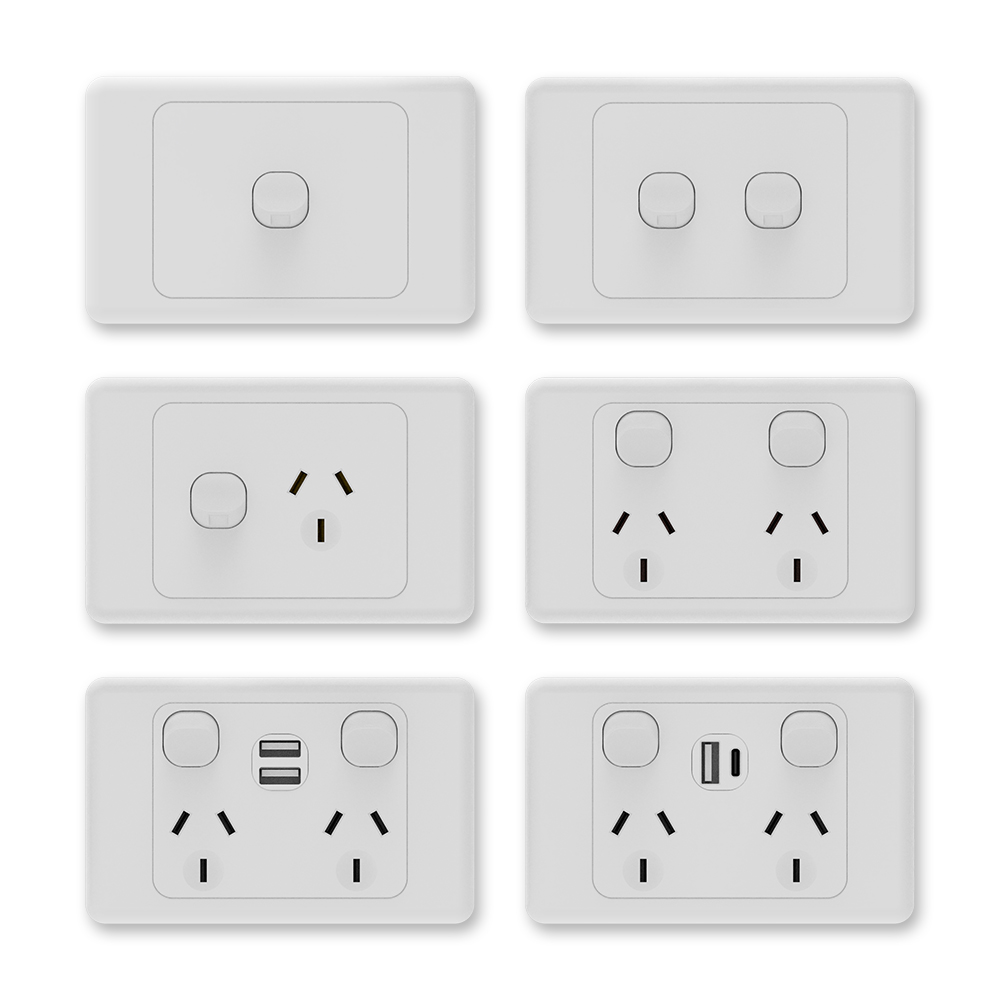
Secondary Kitchens for Cooking
Italian homes often feature a second kitchen used exclusively for cooking. The main kitchen is kept clean and functions more as a social space, where guests are welcomed and family members gather for conversation and shared meals.
This arrangement reflects Italian cultural values: hospitality and the importance of family dining. Historically, extended families would eat together, and the primary kitchen evolved into a central gathering space rather than a place for messy food prep. The secondary kitchen allows the main area to remain tidy and inviting.
North-Facing Orientation of Homes
In Australia, it’s common practice to design homes so that living rooms and kitchens face north. This orientation ensures maximum sunlight exposure throughout the day, which helps reduce energy consumption for lighting and heating.
The concept dates back to the colonial period, when Australia had limited forest resources and could not afford to import industrial electrical equipment from across the globe. Fuel and electricity were expensive and scarce, so optimizing solar gain became a necessity. This approach eventually became embedded in both building codes and buyer preferences, and it remains a key principle of residential design in Australia today.
Steep Roof Slopes to Combat Snow Accumulation
In countries like Canada, Sweden, Norway, and Finland, heavy snowfall is a regular part of winter. Snow can accumulate on rooftops to depths of over a meter, posing a serious structural risk, especially when it compacts into dense ice. The architectural response has been steeply sloped roofs, designed to prevent snow buildup. In Scandinavia, A-frame houses with roof pitches of 60–70° are still commonly built for this reason.
Historically, such steep roofs appeared in traditional wooden homes, but roof collapses were still frequent. With the widespread adoption of steel framing and modern construction materials, these designs underwent a revival, and their practicality helped popularize them beyond Northern Europe.
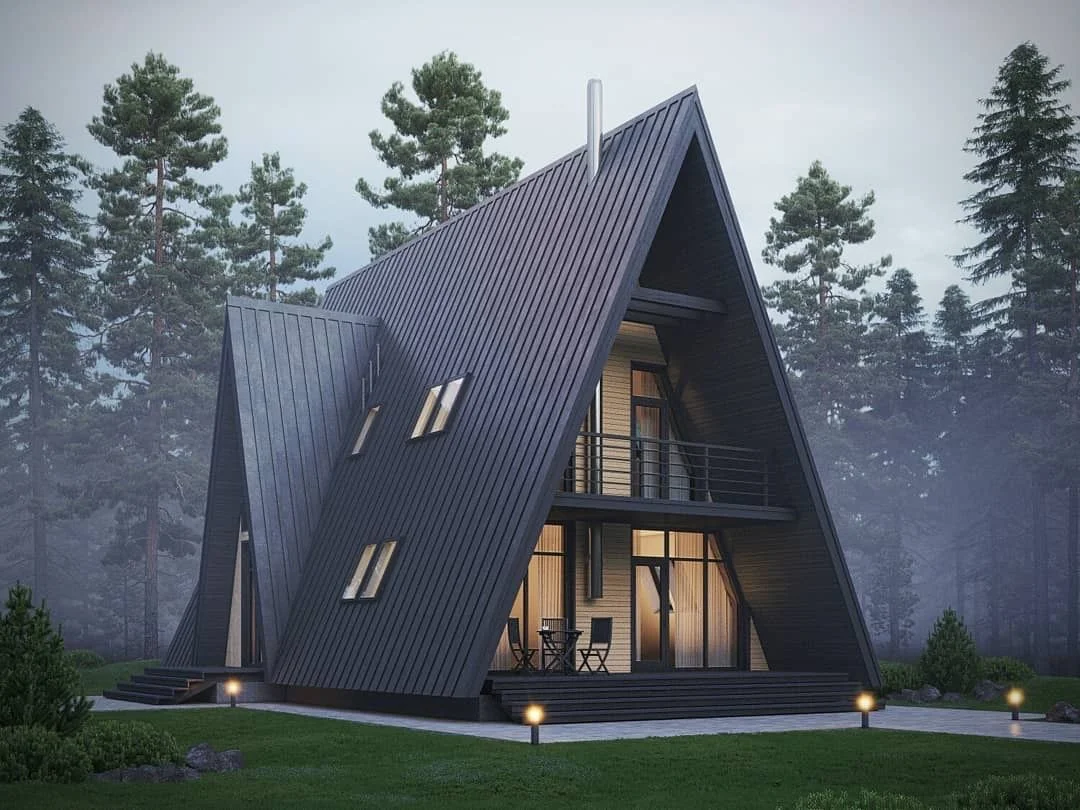
Ban on Electrical Outlets in Bathrooms
The daily ritual of getting ready often involves using a bathroom filled with electric appliances: from hairdryers to shavers. But in the UK, standard electrical outlets are prohibited in bathrooms for safety reasons. In some cases, special low-voltage outlets may be allowed, but more often they’re absent altogether.
This ban is rooted in strict UK building codes designed to minimize the risk of electric shock in wet environments. With 230-volt mains electricity and high humidity, the danger is real and significant. The regulation dates back to the mass electrification of homes in the 20th century, after several hundred accidents prompted authorities to enforce the rule. As a result, Brits typically use battery-powered devices or plug appliances into hallway outlets via extension cords.
Communal Laundry Rooms
In multi-unit residential buildings in European countries like Germany, Switzerland, and Austria, shared laundry rooms are often located in basements or on designated communal floors, especially in older urban areas. These facilities are equipped with washing machines and dryers used by all residents according to a rotating schedule.
Communal laundry rooms emerged due to limited apartment space, which made it difficult to accommodate bulky, noisy washing machines. Many older machines were energy-intensive and vibrated heavily, often drawing complaints from neighbors in tightly packed buildings.
After World War II, shared laundry rooms became a practical solution: noise was isolated to the basement, and organized time slots ensured equitable access. While newer buildings may include in-unit appliances, communal laundry remains a standard feature in many residential complexes across Europe.
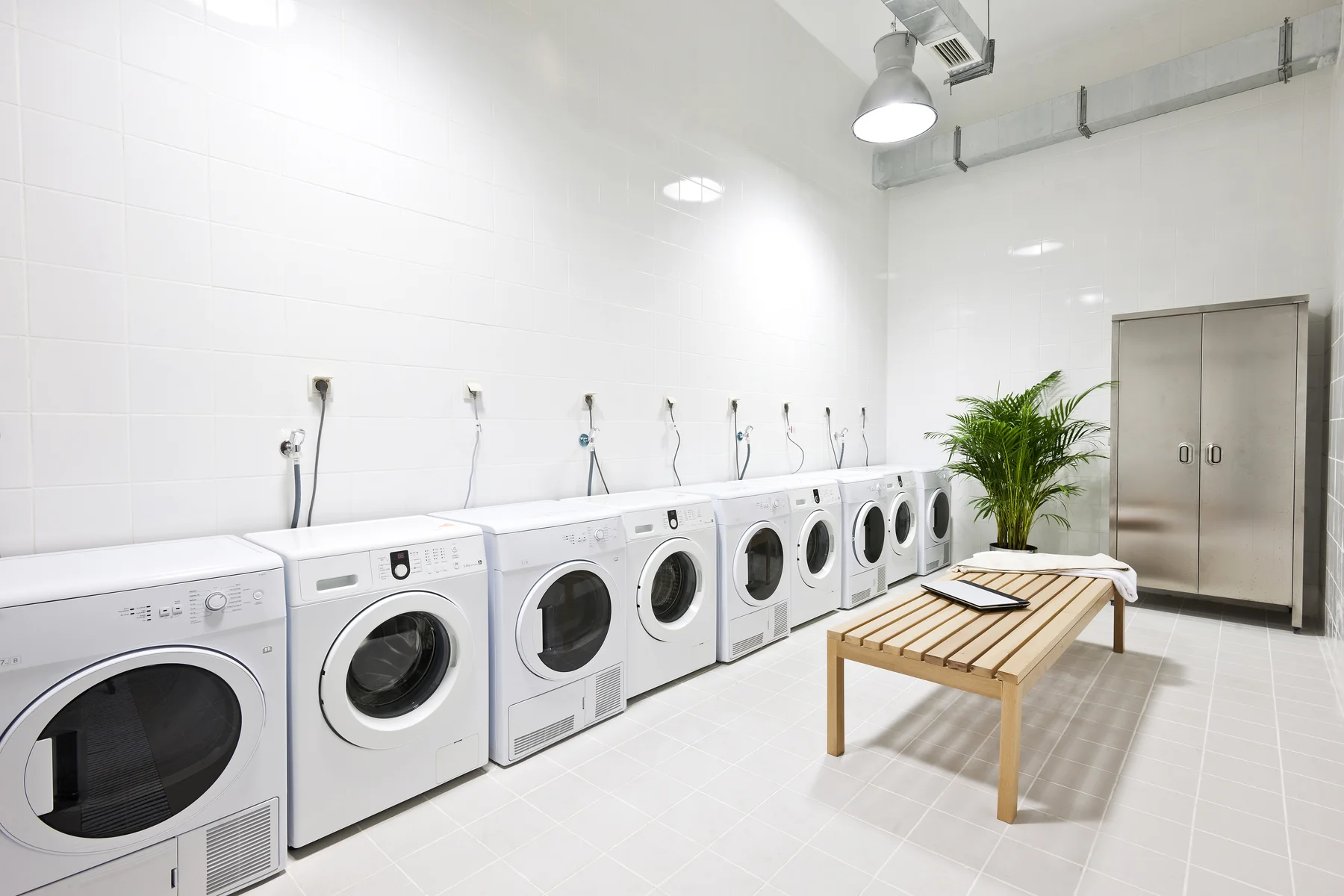
Floating Homes
The Netherlands has a long and complicated relationship with the sea. Much of the country lies below sea level and is prone to flooding, especially in river deltas and coastal lowlands. To combat this, the Dutch created polders, reclaimed land protected by dikes and used for agriculture and settlement.
One of the largest projects, the Zuiderzee Works, expanded the country’s territory by 1,650 square kilometers, which was larger than the area of London (1,572 km²). Yet the most innovative solution was the emergence of floating houses. These are essentially standard homes built on floating platforms or barges, moored to the shore to prevent drifting into open waters. They are fully equipped with electricity, sewage systems, internet, and even smart home technology.
Originally a practical response to land scarcity and frequent flooding — the Netherlands is Europe’s most densely populated country — floating homes were initially inhabited by working-class residents. But by the late 20th century, these houses became desirable and expensive real estate. Living on water became not only a necessity but a premium lifestyle, with a price tag to match.
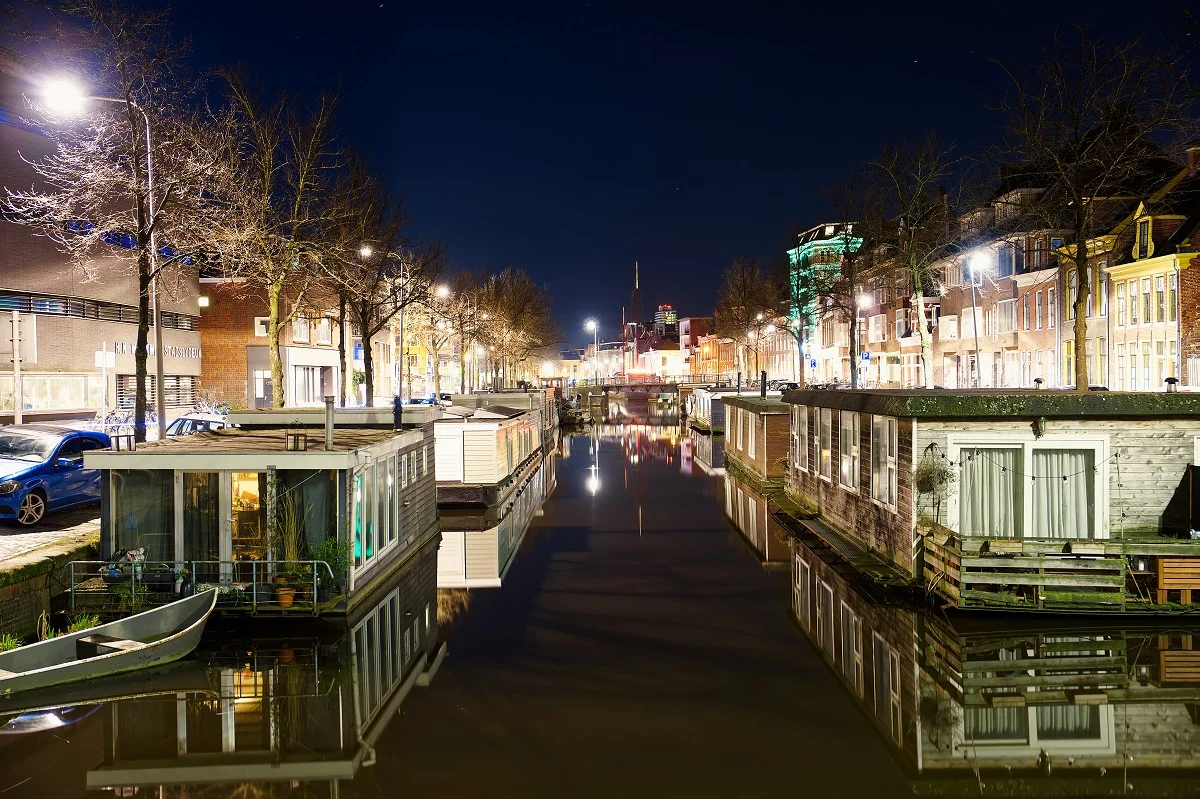
In Summary
The remarkable home features described above are just a small glimpse into the world’s architectural diversity. In Ireland, for example, traditional homes were built with wooden walls and roofs covered in layers of earth and grass. This was a response to the shortage of timber and the need for protection from the strong winds of the Atlantic coast. In the Netherlands during the 17th century, property tax was calculated based on the width of a house’s façade. As a result, many houses were built just a few meters wide, and some of them still exist today.
Across the globe, people face a wide variety of environmental and practical challenges, such as climate extremes or limited access to familiar resources. In response, they develop unique architectural solutions that reflect both necessity and cultural tradition.
Author
I write informative articles about real estate, investments, job opportunities, taxes, etc.























